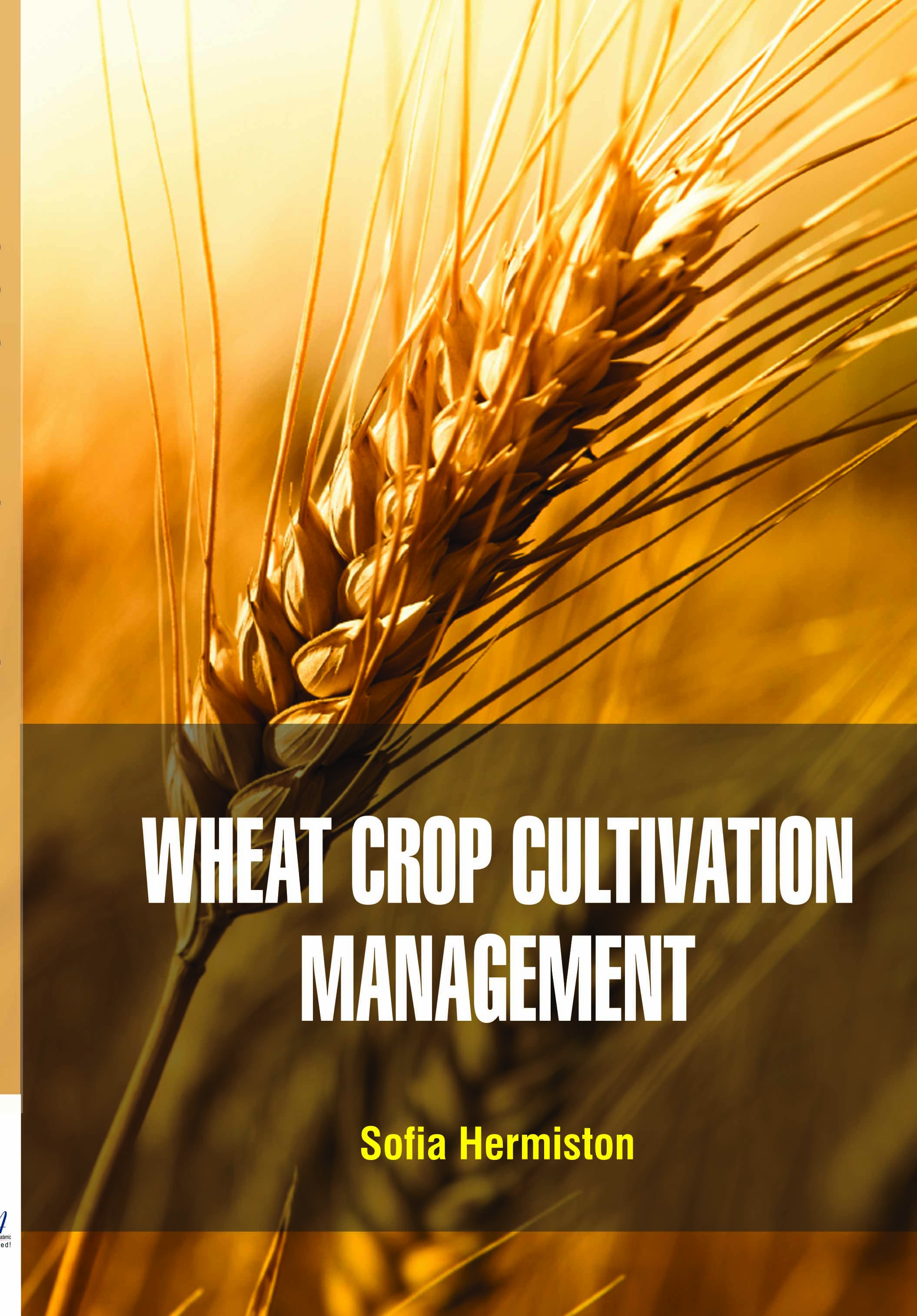
Wheat Crop Cultivation Management
by Sofia Hermiston
| ISBN | 9781799600107 |
|---|---|
| Publisher | White Press Academics |
| Copyright Year | 2020 |
| Price | $190.00 |

by Sofia Hermiston
| ISBN | 9781799600107 |
|---|---|
| Publisher | White Press Academics |
| Copyright Year | 2020 |
| Price | $190.00 |
Wheat is a grass widely cultivated for its seed, a cereal grain which is a worldwide staple food. The many species of wheat together make up the genus Triticum; the most widely grown is common wheat (T. aestivum). Wheat is the most widely cultivated cereal in the world and a staple food for around 3 billion people. It has been estimated that demand for wheat could increase by up to 560% by 2050. There is an urgent need to increase yields in the face of such challenges as climate change, threats from pests and diseases and the need to make cultivation more resource-efficient and sustainable. The cultivation of wheat (Triticum spp.) reaches far back into history. Its success depends partly on its adaptability and high yield potential but also on the gluten protein fraction which confers the viscoelastic properties that allow dough to be processed into bread, pasta, noodles, and other food products. Wheat also contributes essential amino acids, minerals, and vitamins, and beneficial phytochemicals and dietary fibre components to the human diet, and these are particularly enriched in whole-grain products. This book will be useful to students of Agronomy of all the agricultural colleges/universities. This book will also be useful for students, research institutes run by ICAR, students of the agricultural training centres for references.